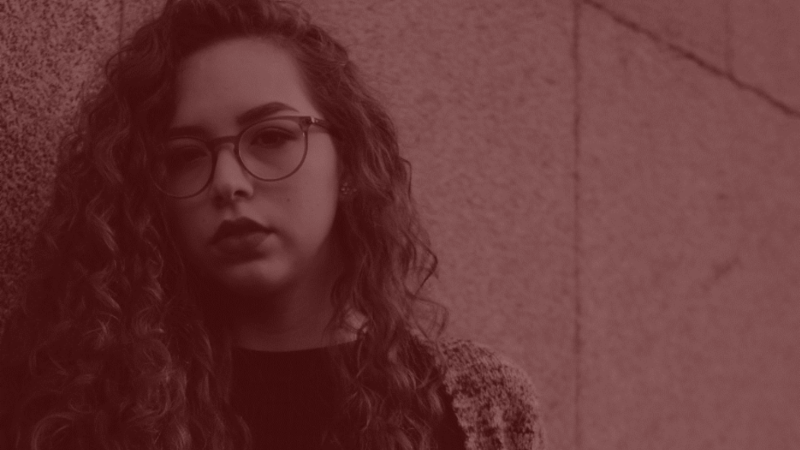Missed Opportunities: LGBTQ Youth Homelessness in America

Megan Gibbard Kline is the Director of A Way Home America, a grantee partner of the Trust.
I’m lucky to work with amazing LGBTQ youth from across the country who have lived experiences of homelessness. Over the years, I’ve been privileged to hear about their experiences and incorporate their strategy recommendations into our work to end youth homelessness nationally. While every young person I meet has their own unique history, there are striking commonalities.
- For LGBTQ young people who are also black, people of color, and immigrants their LGBTQ identity exists alongside of their other marginalized identities.
- Homelessness is rarely a singular “event” involving coming out and an eviction from the family home and young people’s LGBTQ identity is only one factor involved in household tensions that lead to homelessness.
Today, Chapin Hall at the University of Chicago released the second in a series of research briefs on understanding and addressing youth homelessness. The study, Missed Opportunities: LGBTQ Youth Homelessness in America, emerged from groundbreaking research by Chapin Hall that identified high levels of youth homelessness nationwide. I’m so grateful for this research and heartened to hear that it so closely echoes what I and others in the field have been hearing anecdotally.
Key findings of the report include:
- LGBTQ youth are among the most at-risk sub populations for homelessness. Young adults (18-25) who identify as LGBTQ experienced homelessness at more than twice the rate as their non-LGBTQ peers.
- Black LGBTQ youth, especially young men, had the highest rates of homelessness.
- LGBTQ youth experience high levels of adversity, including higher rates of assault, exchanging sex for basic needs, and early death.
- Homelessness stems from more than “coming out” among LGBTQ youth. Their families faced broader issues of instability, including poverty, violence, addiction, or mental health problems.
- Youth made decisions about seeking services based on the reputation of the agency providing the services, and these reputations have to be earned. Safe and affirming systems and services are important for engaging LGBTQ youth.
How can we use this data to inform and drive our national movement to end youth homelessness? Here are two suggestions of where to start:
1. Look at your local data and ask questions.
The Chapin Hall findings reveal a distinct vulnerability of LGBTQ youth and particularly black LGBTQ youth.
- What does the data tell you about how the services offered in your community are reaching LGBTQ youth and youth of color?
- Are you reaching these young people? Are you helping them connect with safe and stable housing at rates on par with their straight, cisgender, and white peers?
Not sure where to start?
The A Way Home America Community Dashboard is a free and open source tool your community can use to begin exploring how your homelessness system is functioning for young people, and particularly for LGBTQ youth and youth of color. Contact me for more information on how to get started.
2. Ask young people if your programs and services are supportive for LGBTQ youth.
Among youth experiencing homelessness, LGBTQ youth have twice the rate of early death as other youth. Because we now understand LGBTQ youth are more likely to die while experiencing homelessness, it is no longer sufficient to show that your programs and services are serving LGBTQ youth. (Given the disproportionate impact homelessness has among LGBTQ youth, they most certainly are.) We must understand if programs and services are successful for LGBTQ youth specifically. Ask the young people using your programs and services what changes would increase their effectiveness for LGBTQ youth.
Not sure where to start?
The National Youth Forum on Homelessness and the True Colors Fund have developed a terrific toolkit that offers best practices around how to collaborate with young people. A listening session is a great place to start, coupled with a community commitment to implement these recommendations.
In our work at A Way Home America and with our partners across the movement, we know that the old approach of hoping that a rising tide lifts all boats simply does not work given the vast disparities in who experiences homelessness in our country. By putting these young people at the forefront of our work, we believe we will ask better questions, learn faster, and ultimately get to our goal of ending youth homelessness for all young people.
Download Missed Opportunities: LGBTQ Homelessness in America
Get the Youth Collaboration Toolkit
The Trust is proud to support the work of A Way Home America and Chapin Hall in their efforts to end youth homelessness.

